Filter by
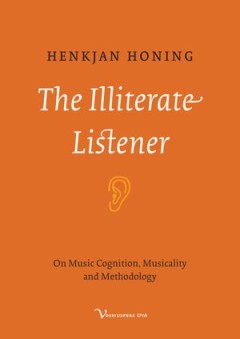
The Illiterate Listener: on Music Cognition, Musicality and methodology
We have known for some time that babies possess a keen perceptual sensitivity for the melodic, rhythmic and dynamic aspects of speech and music: aspects that linguists are inclined to categorize under the term ‘prosody’, but which are in fact the building blocks of music. Only much later in a child’s development does he make use of this ‘musical prosody’, for instance in delineating a…
- Edition
- -
- ISBN/ISSN
- 9780262327374
- Collation
- -
- Series Title
- -
- Call Number
- 780
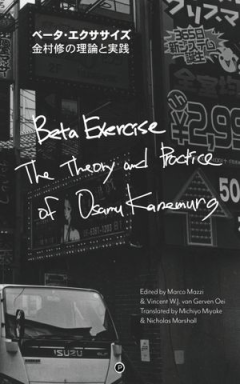
Beta Exercise The Theory and Practice
Beta Exercise: The Theory and Practice of Osamu Kanemura is the first bilingual (Japanese-English) book to provide an overview of the theoretical work of Japanese photographer and video artist Osamu Kanemura, a unique voice in the world of contemporary photography.
- Edition
- -
- ISBN/ISSN
- 9781947477776
- Collation
- -
- Series Title
- -
- Call Number
- 770.92

Arbeit. Wohnen. Computer
In the 1960s, between the construction of the Berlin Wall (1961) and the change of power (Ulbricht / Honecker 1971), a field of tension between the claim to power and truth of the SED on one side and the subjective obstinacy of the works of art and their creators on the other hand developed.
- Edition
- -
- ISBN/ISSN
- 9783947732111
- Collation
- -
- Series Title
- -
- Call Number
- 720.28
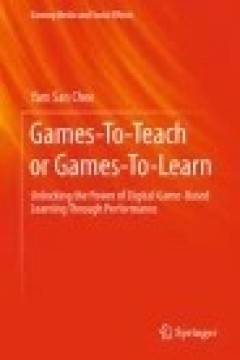
Games-To-Teach or Games-To-Learn: Unlocking the Power of Digital Game-Based L…
The book presents a critical evaluation of current approaches related to the use of digital games in education. The author identifies two competing paradigms: that of games-to-teach and games-to-learn. Arguing in favor of the latter, the author advances the case for approaching game-based learning through the theoretical lens of performance, rooted in play and dialog, to unlock the power of dig…
- Edition
- 1
- ISBN/ISSN
- 978-3-319-10207-8
- Collation
- XVI, 190
- Series Title
- Gaming Media and Social Effects
- Call Number
- 794
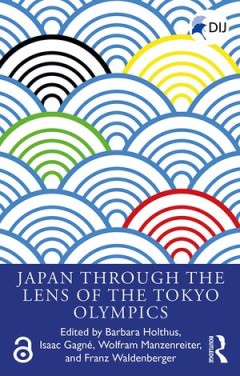
Japan Through the Lens of the Tokyo Olympics
This book situates the 2020 Tokyo Olympics within the social, economic, and political challenges facing contemporary Japan. Using the 2020 Tokyo Olympics as a lens into the city and the country as a whole, the stellar line up of contributors offer hidden insights and new perspectives on the Games. These include city planning, cultural politics, financial issues, language use, security, educatio…
- Edition
- -
- ISBN/ISSN
- 1000057593, 9781000057591
- Collation
- -
- Series Title
- -
- Call Number
- 796

Musical Bodies, Musical Minds: Enactive Cognitive Science and the Meaning of …
An enactive account of musicality that proposes new ways of thinking about musical experience, musical development in infancy, music and evolution, and more. Musical Bodies, Musical Minds offers an innovative account of human musicality that draws on recent developments in embodied cognitive science. The authors explore musical cognition as a form of sense-making that unfolds across the embo…
- Edition
- Ed. 1
- ISBN/ISSN
- 9780262370332
- Collation
- -
- Series Title
- -
- Call Number
- 782.14 SCH m

The Perception Machine: Our Photographic Future between the Eye and AI
A provocative investigation of the future of photography and human perception in the age of AI. We are constantly photographing and being photographed while feeding machine learning databases with our data, which in turn is used to generate new images. Analyzing the transformation of photography by computation—and the transformation of human perception by algorithmically driven images, fro…
- Edition
- Ed. 1
- ISBN/ISSN
- 9780262376631
- Collation
- -
- Series Title
- -
- Call Number
- 778.3 ZYL p
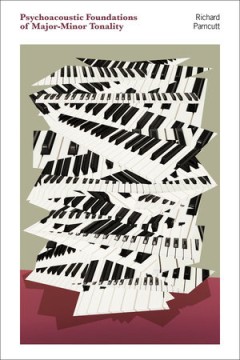
Psychoacoustic Foundations of Major-Minor Tonality
A fascinating interdisciplinary approach to how everyday Western music works, and why the tones, melodies, and chords combine as they do. Despite the cultural diversity of our globalized world, most Western music is still structured around major and minor scales and chords. Countless thinkers and scientists of the past have struggled to explain the nature and origin of musical structures. In…
- Edition
- Ed. 1
- ISBN/ISSN
- 9780262377362
- Collation
- -
- Series Title
- -
- Call Number
- 780.03 PAR p
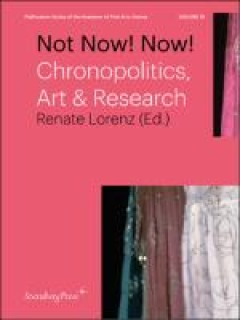
Not Now! Now!: Chronopolitics, Art & Research
In her divergent and interdisciplinary book Not Now! Now! Chronopolitics, Art & Research Lorenz illuminates the topic of chronopolitics through contributions from art theorists, artists, and artistic researchers. With a foreword by Elizabeth Freeman, whose work has delved extensively on such notions as temporality and body politics, Lorenz invites the reader to explore postcolonial and queer de…
- Edition
- Ed. 1
- ISBN/ISSN
- -
- Collation
- 187
- Series Title
- Publication Series of the Academy of Fine Arts Vienna, 15
- Call Number
- 701.1 NOT n
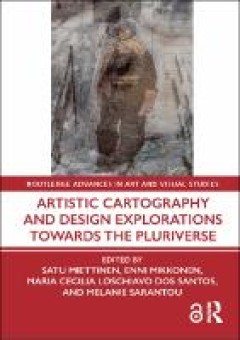
Artistic Cartography and Design Explorations Towards the Pluriverse
This edited volume uses an interdisciplinary approach to art and design that not only reframes but also repositions agendas and actions to address fragmented global systems. Contributors explore the pluriverse of art and design through epistemological and methodological considerations. What kinds of sustainable ways are there for knowledge transfer, supporting plural agendas, finding novel ways…
- Edition
- Ed. 1
- ISBN/ISSN
- 9781000815900, 9781032245164
- Collation
- 283
- Series Title
- Routledge Advances in Art and Visual Studies,
- Call Number
- 729.074 ART a
 Computer Science, Information & General Works
Computer Science, Information & General Works  Philosophy & Psychology
Philosophy & Psychology  Religion
Religion  Social Sciences
Social Sciences  Language
Language  Pure Science
Pure Science  Applied Sciences
Applied Sciences  Art & Recreation
Art & Recreation  Literature
Literature  History & Geography
History & Geography